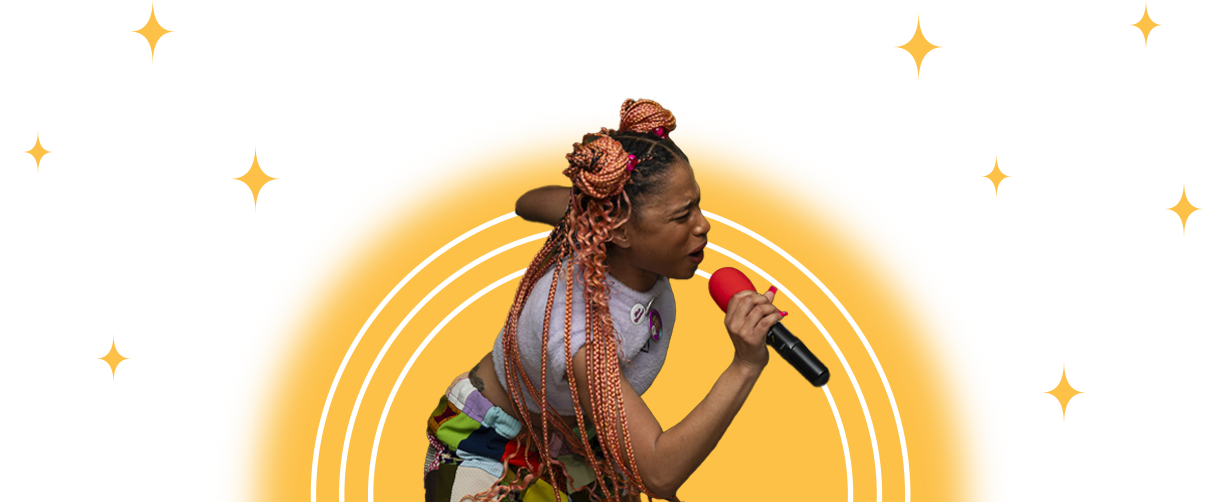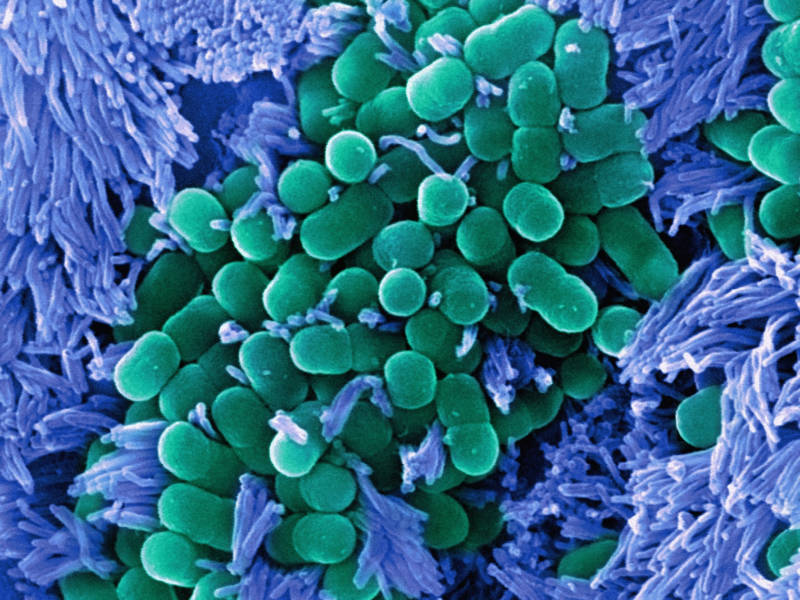Does what we eat influence our microbial residents?
There’ve been many studies showing that when people change their diet, the microbes in their guts also change. And of course they do. If you think of adding a different set of nutrients into an ecosystem, of course it’s going to affect the number and range of species in that place. The critical questions are what kinds of changes are good or bad for health and how can we enact those changes through taking steps in our diet. These are still pretty open questions.
It seems that dietary fiber is a really important driver of microbial diversity in our bodies. Fiber consists of large numbers of different carbohydrates — many we can’t digest, but our bacteria in our guts can. If we eat low-fiber diets, we narrow the range of our microbial partners. But the guidance to eat more fiber has been a longstanding part of nutritional advice. The discoveries of the microbiome lend credence to that, but don’t fundamentally change it.
What about how food influences a baby’s developing microbiome?
There is a particular subspecies of bacteria called B. infantis and it seems to have evolved to feed on sugars [in breast milk] known as human milk oligosaccharides. Babies can’t digest [the sugars] so they are food for the microbes, not for the babies. These sugars are sort of a way of setting up a baby’s first microbiome, ensuring that the right species set up shop rather than those that are likely to cause disease. And it’s fascinating to me to think of this very common act, breastfeeding, through this new microbial lens.
Should we be worried that some of the microbes that have been living inside us for thousands of years are becoming scarce?
Many of the trappings of Western civilization have led to a decline in the microbiome — like hand sanitizers, antibiotics, excessive hygiene, changes in diet. A lot of data support this idea, but it’s still not clear whether the fall in diversity is a bad thing. What we know is that the diversity of the gut microbiome is much higher in apes than it is in hunter-gatherers and then much higher in hunter-gatherers than in Westerners. So this decline is part of a trend that has been going on for some time and precedes humans. So does it just reflect changes in evolution and diet? And, if so, to what extent is it actually causing us health problems?
What’s the evidence behind fecal transplants for treating human illnesses?
The results are very clear for treating infections of Clostridium difficile, a very hardy bacterium that causes recurrent and often intractable cases of diarrhea. Fecal transplants have been used to treat this condition many times over in many countries. It’s been tested in randomized controlled studies, which is the gold standard. The first trial had to be stopped early because [the transplants were so successful that] it seemed unethical to not put all of the patients on this treatment.
That said, the results for other conditions like irritable bowel syndrome and inflammatory bowel disease have been far more inconsistent. That’s because C. diff. is kind of a special case. It’s a very invasive microbe that has repeatedly been assaulted by antibiotics which have caused a collapse in other microbes. So it’s an easy environment for [microbes in] a donor stool to invade.
It might just be that C. diff. was the low hanging fruit. That said, fecal transplants are arguably our most successful microbiome-based therapy. They show some important principles that we might like to take heed of like the fact that [the treatment] is a community-based approach. There are lots of questions to be answered. [For example], we don’t know what the long-term risks are, if any.
It seems like there are a lot of questions remaining about how our microbiomes affect our health. Why don’t we have more answers yet?
The way I see it, there are many areas in medicine where the math is simple. Say you have a vitamin deficiency, you add a vitamin and then you’re better. With manipulating the microbiome, it is infinitely more complicated because this is an entire world — a community of hundreds if not thousands of microbes interacting with each other and us, their hosts.
Tweaking that is understandably very hard. It’s why simple measures like probiotics — adding a few strains of microbes in the hope that they will take hold and remedy health problems — have been largely unsuccessful. It will take more. It will take an understanding of how different microbes interact, whether they feed each other or compete with each other. If we want to add microbes to our bodies, we’ll need to think about whether we need to eat certain foods to nourish the microbes we’re taking.




9(MDAxOTAwOTE4MDEyMTkxMDAzNjczZDljZA004))